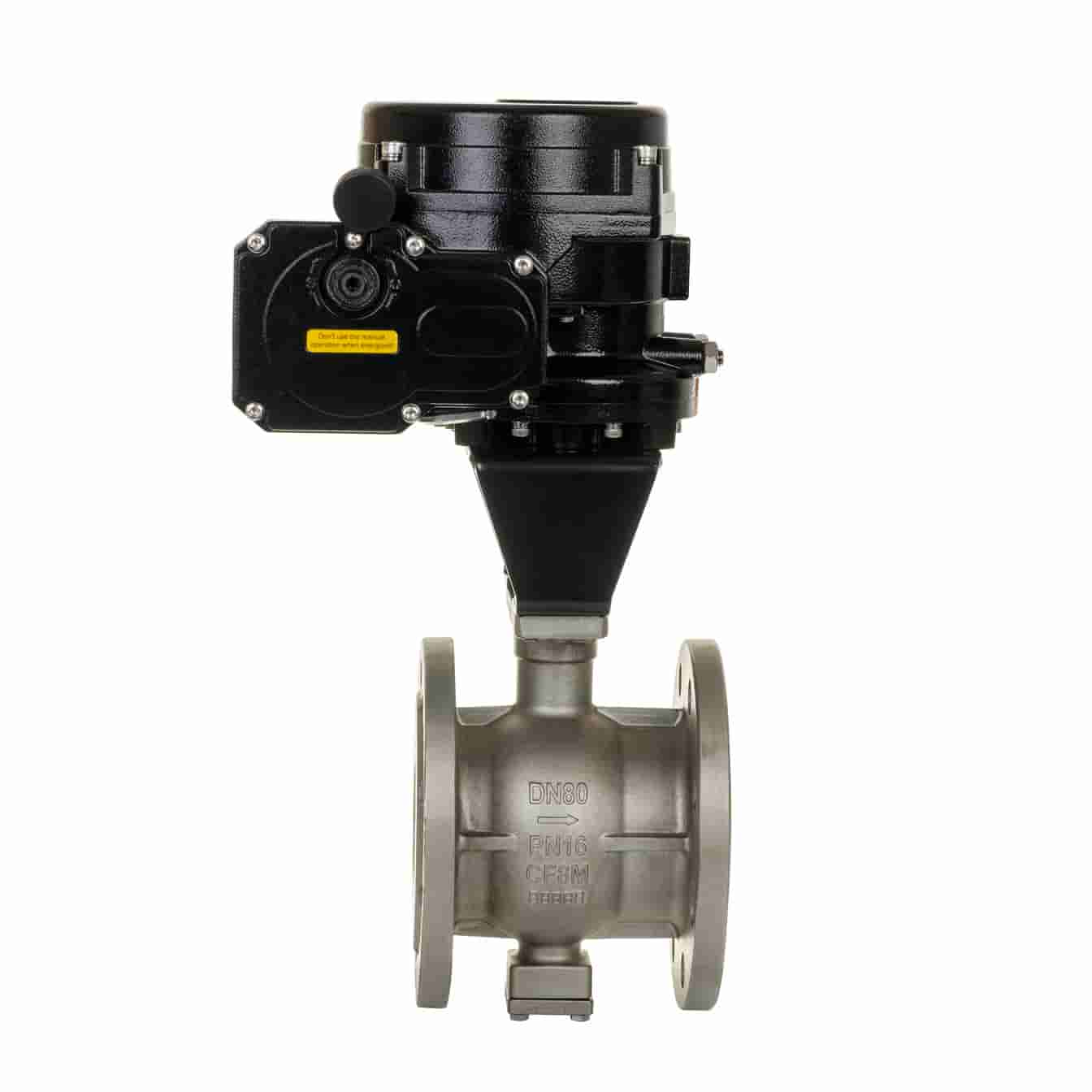understanding the lithium battery power off reset valve: a critical component for battery safety
Release time:2024-12-04 00:45:01
As the demand for lithium batteries continues to rise in various applications, from electric vehicles to consumer electronics, ensuring their safety and reliability has become a paramount concern. One key component that contributes to the safe operation of lithium batteries is the power off reset valve. This article explores the functionality, importance, and applications of the lithium battery power off reset valve, highlighting its role in preventing catastrophic failures and enhancing battery longevity.

What is a Lithium Battery Power Off Reset Valve?

A lithium battery power off reset valve is a safety device designed to manage the internal pressure within a lithium battery. During normal operation, lithium batteries generate heat and can undergo chemical reactions that may produce gases. If the internal pressure exceeds a certain threshold, it can lead to battery swelling, leakage, or even thermal runaway—an uncontrolled reaction that can cause fires or explosions. The power off reset valve is engineered to mitigate these risks by releasing excess pressure in a controlled manner. How Does the Power Off Reset Valve Work?




